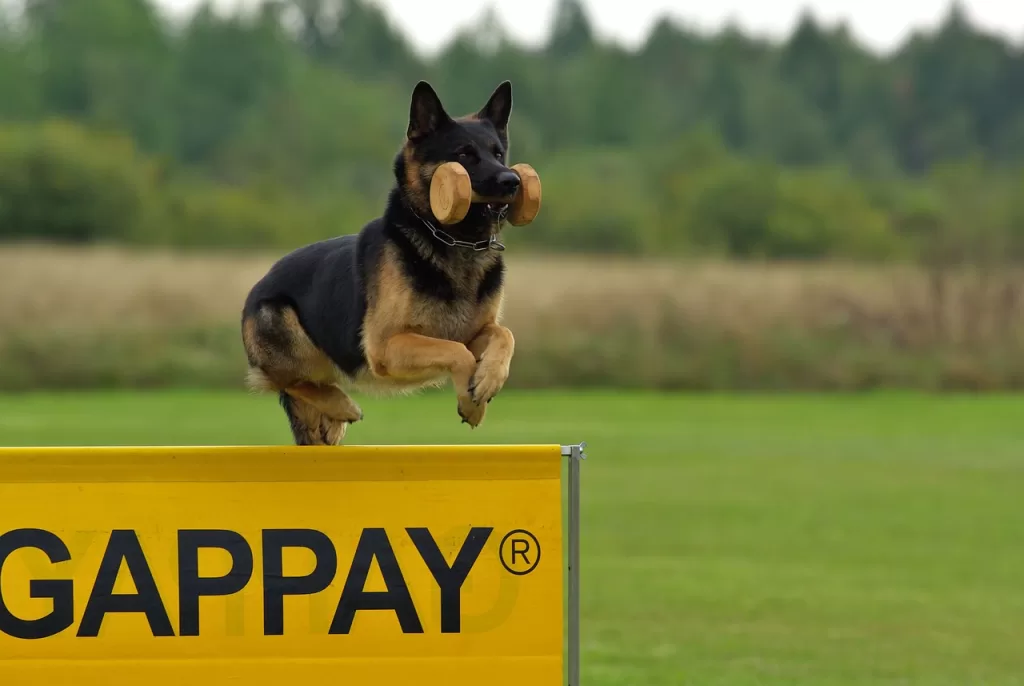The Benefits of Scent Work Training for Dogs

Introduction
Scent work training, also known as nose work, is an increasingly popular activity for dogs of all breeds and ages. It taps into a dog’s natural instincts and abilities, providing numerous physical and mental benefits. Beyond being a fun and engaging activity, scent work training offers a range of advantages for both dogs and their owners. In this blog, we’ll explore the various benefits of scent work training and why you should consider incorporating it into your dog’s routine.
Mental Stimulation
Dogs are intelligent creatures, and mental stimulation is just as important as physical exercise. Scent work engages a dog’s brain by challenging them to use their olfactory senses to locate specific scents. This mental workout can tire out your dog as effectively as a long walk or play session, making it an excellent option for dogs of all energy levels.
Builds Confidence
Scent work can boost a dog’s confidence and self-esteem. As they successfully locate hidden scents, dogs gain a sense of accomplishment, reinforcing their belief in their abilities. This newfound confidence can translate into improved behavior in other areas of their life.
Reduces Anxiety
Engaging in scent work can help reduce anxiety in dogs. The focused, calming nature of the activity can alleviate stress and anxious behaviors. This makes it particularly beneficial for dogs prone to separation anxiety or general nervousness.
Strengthens the Bond
Scent work training involves teamwork between you and your dog. As you work together to find hidden scents, you’ll build a stronger bond and a deeper level of trust. This shared experience can enhance your relationship and communication with your furry companion.
Suitable for All Dogs
Scent work is inclusive and adaptable, making it suitable for dogs of all ages, sizes, and physical conditions. Whether you have a young and energetic pup or a senior dog, scent work can be adjusted to match their abilities and needs.
Enhances Focus and Concentration
Training your dog in scent work requires them to focus intensely on the task at hand. This improved concentration can spill over into other aspects of their life, helping them become more attentive and obedient in various situations.
Provides a Sense of Purpose
Dogs thrive when they have a job to do, and scent work provides them with a purpose. It taps into their natural instincts, giving them an outlet for their innate abilities. This sense of purpose can help prevent boredom and destructive behavior.
Great for Physical Exercise
While scent work is primarily a mental exercise, it can also involve physical activity. Depending on the setup, dogs may need to navigate obstacles or cover large areas to find hidden scents. This combination of mental and physical stimulation contributes to a healthy, well-rounded lifestyle.
Versatile and Accessible
Scent work can be done in various environments, making it a versatile training activity. You can practice indoors, outdoors, or even in specialized classes or competitions. This accessibility allows you to engage in scent work regardless of your location or living situation.
Conclusion
Scent work training is a rewarding and enjoyable activity for both dogs and their owners. Its numerous benefits, including mental stimulation, confidence-building, anxiety reduction, and improved bonding, make it an excellent addition to your dog’s routine. Whether you’re looking to challenge your dog’s mind, provide them with a sense of purpose, or simply have fun together, scent work training is a fantastic choice that can lead to a happier, healthier, and more fulfilled life for your furry friend.
for more details, please visit the website: www.valhallk9.com
The Benefits of Scent Work Training for Dogs Read More »

